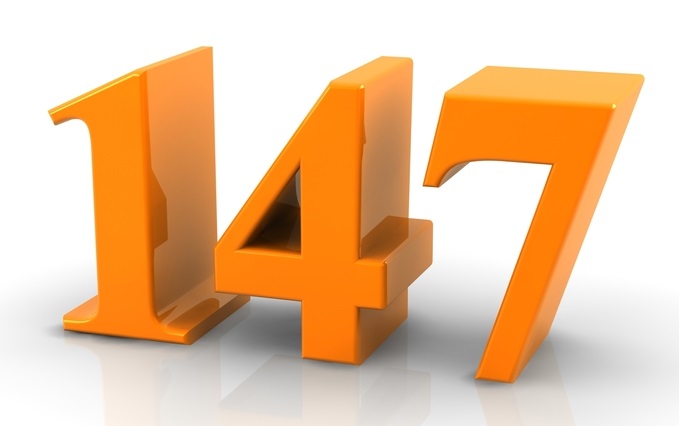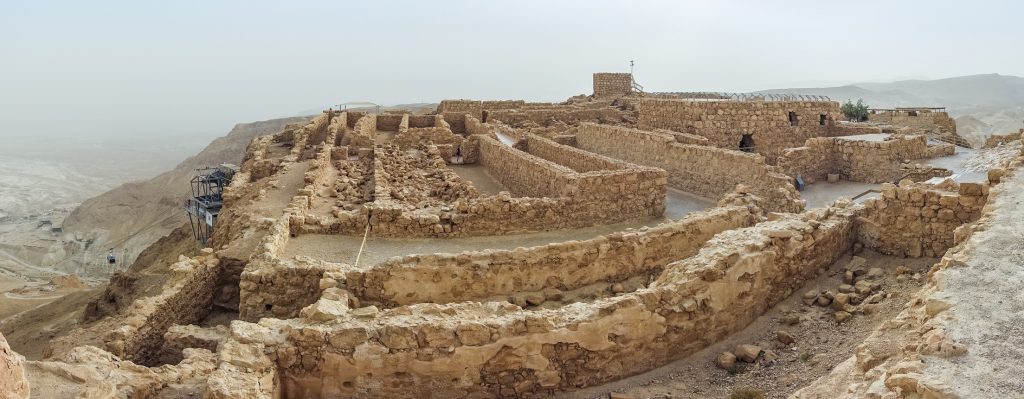
70 AD to 90 AD, Psalm 51: Yabne
This site was first built in French (see www.147thgeneration.net). The English translation was mainly done using « google translation ». We have tried to correct the result of this translation to avoid interpretation errors. However, it is likely that there are unsatisfactory translations, do not hesitate to communicate them to us for correction.
(for that click on this paragraph)
Summary
This generation is from the years 70 AD to 90 AD.
According to our count, this generation is the 51st generation associated with Psalm 51. It is in this Psalm 51 that we therefore find an illustration of the facts of this generation.
After the fall of Jerusalem and the destruction of the Temple, the Romans destroyed the last pockets of resistance and concluded the reconquest of Judea by the fall of Masada.
If the war of the Jews against Rome was fierce, the victor does not seek to destroy the Jews. Despite the bloodshed of the war (one-third of the Jews of Judea have disappeared), the Jews of the empire can continue their faith, Judaism remains lawful religion and continues to seduce the Roman elites.
Just as the fault is evident to David who sinned through his affair with Bathsheba, the Jewish people have fought with the golden calf. David has been punished, but his punishment is worthy of forgiveness. It is the same for the Jewish people, the destruction of the second Temple closes the episode of the golden calf.
But the expiation of the Jewish people for the sin of the desert is severe because it is itself that symbolically serves as a sacrifice on the altar of the Temple for the fault of the generation of the desert.
Their sacrifice can be compared to the purification imposed on the leper during his recovery. Of the two birds brought, one is slaughtered, the other is spared but immersed in the blood of the sacrificed bird. It is the same for the Jewish people. Much of the people have been sacrificed. The part that survived eternally retains the memory of this sacrifice. The blood shed by the sacrificed purifies the survivors who, by the memory of the catastrophe of the destruction of the temple, will forever stay the course towards God.
Those who are sacrificed are no more guilty than those who survive.
Among the different religious movements before the destruction of the Second Temple, it is the Pharisee movement that allows this survival of judaism.
But a simple movement is not enough to meet the challenge, for that we need a providential man: Yohanan ben Zakkaï. He is the rabbi to whom the overhaul of Judaism is attached after the catastrophe of the year 70. He is responsible for legal innovations which will allow the continuation of religious life after the demise of the Temple. They are known as the “taqqanot of Yabneh”. The rebirth of Judaism is thus assured. He settled in Yavne after fleeing Jerusalem.
The Torah is the only thing left to the Jews after the destruction of Jerusalem and the Temple, it is also the main thing, the essence and the fundamental power of Judaism that will eventually triumph over Rome. After 70 Yabne became so much the geographical focus and spiritual center of Rabbinic Judaism. It is under the leadership of Yohanan ben Zakkaï, then his « successor » Gamaliel II, that the foundations of Rabbinical Judaism were thrown out and a careful sorting of the documents that would later constitute the Mishna took place.
That is why the Yabne period is also often referred to as the « training period » of Rabbinic Judaism.
Talk
After the war
This generation is the one that seals the last and long exile of the Jews.
However, if the war of the Jews against Rome was fierce, the victor does not seek to destroy the Jews. Despite the bloodshed of the war (one-third of the Jews of Judea have disappeared), the Jews of the empire can continue their faith, Judaism remains lawful religion and continues to seduce the Roman elites.
The danger is elsewhere, the nascent Christianity that had made a place in Judaism is gradually separated from it under the influence of Pauline theories. Supporters of Jewish Christianity gradually lose the game.
Rome will eventually become Christian and become an opponent of Judaism. Before that, it will take a few generations. The beginnings of this phenomenon are already to be felt from the present generation. This is likely to see the finalization of the first Gospels, which transpose to the time of Jesus the oppositions of this generation between Christians of Pauline tendency and the founders of the new Judaism, that of exile.
It is precisely the foundation of this new Judaism that is at the center of this generation through the founding of the Yavne School that will allow a long succession of wise writers from the Talmud of Jerusalem and Babylon.
It is therefore important after the generation of the tragedy described by Assaf in the previous psalm that David comes to take the defense of his people to make a new start. He asks God for this favor because he too was a sinner and he too was entitled to divine clemency. It is also by recalling this fault that the psalm begins:

- For the conductor, a song of David.
- When Nathan the prophet came to him when he went to Bath-sheba.
The forty-nine first curses of Leviticus corresponding to the first forty-nine generations came atonement for the fault of the golden calf.
The Jewish people, who had just enjoyed the miracles of God to escape slavery in Egypt, instead of sanctifying this moment, went to worship idol worshiping the golden calf built by Aaron.
Bathsheba
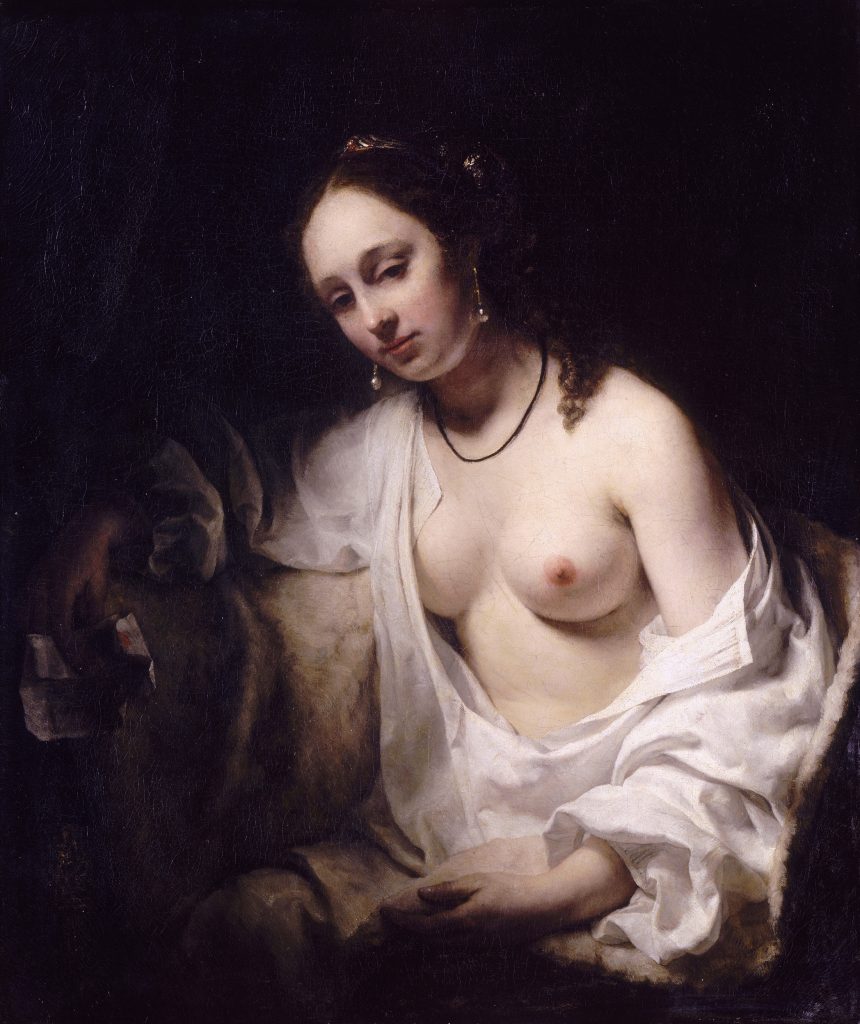
David for many years had to flee the anger of Saul and many enemies, eventually finding peace in Jerusalem. It is this moment that he chooses to commit a fault that calls into question all his achievements by having relations with Bathsheba and especially by sending the husband of this one to death to conceal his fault.
David asks Joab to cause Uriah to die in the fighting, which happens and allows David to formalize his relationship with Bathsheba. The child of this union does not survive, a second child is born: Solomon.
Apart from the lack of covetousness, David tries to hide the carnal union he had with Bathsheba. He tries to make Uriah live with her to hide his fatherhood, while Bathsheba expects a more responsible attitude when she tells him she was pregnant.
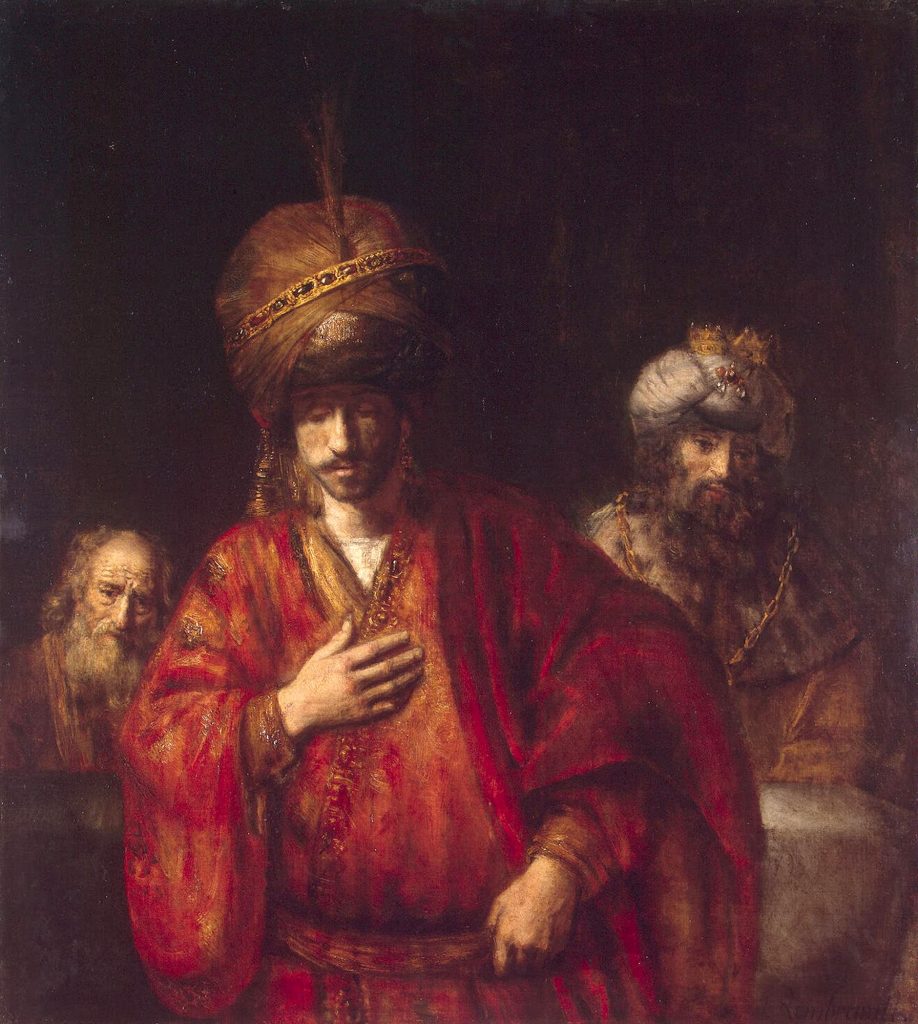
If Uriah had followed him, it is likely that David’s fault could not have been forgiven. But the wisdom of Uriah saves David, he refuses to cohabit with Betshabee. David then resolves to send him to death in combat. By sending this one to death, he commits an act obviously faulty but, by his quality of king, less than his initial intention.
While David had obtained everything from God and simply had to settle his dynasty over the destinies of Israel, he went astray and questioned it and thus proved less wise than Uriah, that he send to death.
After the crime against Uriah, David finds himself facing God in a position identical to that of the Jewish people after the golden calf.
Like the Jewish people, David acknowledged his fault but must pay for it by the loss of his kingdom and exile. It is the same for the Jewish people who after having suffered the forty-nine curses of Leviticus is rejected from Israel but still alive. God punished David but forgave him. God punished the people of Israel but forgave them.
Innocent blood
Moses broke the two tables of the law in atonement, symbolizing the two temples. The second temple has just been destroyed. The blood of the Jewish people came to water the altar which came to replace the usual sacrifices:
- On which side [1] we cast our eyes, we saw nothing but flight and carnage. Many poor people were killed who were unarmed and unable to defend themselves. The area around the altar was full of piles of dead bodies of those that were thrown there after the slain on this holy place which was not intended to sacrifice such victims, and streams of blood running down its degrees.
This is what the beginning of the psalm evokes:

- Be gracious to me, O God, according to Your kindness; according to Your great mercies, erase my transgressions.
- Wash me thoroughly of my iniquity, and purify me of my sin.
- For I know my transgressions, and my sin is always before me.
- Against You alone have I sinned, and I have done what is evil in Your sight, …
Just as the fault is evident to David who sinned through his affair with Bathsheba, the Jewish people have fought with the golden calf. David has been punished, but his punishment is worthy of forgiveness. It is the same for the Jewish people, the destruction of the second Temple closes the episode of the golden calf.
But the expiation of the Jewish people for the sin of the desert is severe because it is itself that symbolically serves as a sacrifice on the altar of the Temple for the fault of the generation of the desert. It may seem unfair, but the generation of 70 remains the chosen people, if it accepts this legacy, it must accept the price. Obviously this generation accepts the price to pay and desires, whatever the price, to preserve this alliance.
Those who are sacrificed are no more guilty than those who survive. Their sacrifice can be compared to that imposed on lepers when he was healed:
- And the Lord [2] spoke to Moses, saying,
- This shall be the law of the person afflicted with tzara’ath, on the day of his cleansing: He shall be brought to the kohen.
- The kohen shall go outside the camp, and the kohen shall look, and behold, the lesion of tzara’ath has healed in the afflicted person.
- Then the kohen shall order, and the person to be cleansed shall take two live, clean birds, a cedar stick, a strip of crimson [wool], and hyssop.
- The kohen shall order, and one shall slaughter the one bird into an earthenware vessel, over spring water.
- [As for] the live bird, he shall take it, and then the cedar stick, the strip of crimson [wool], and the hyssop, and, along with the live bird, he shall dip them into the blood of the slaughtered bird, over the spring water.
- He shall then sprinkle seven times upon the person being cleansed from tzara’ath, and he shall cleanse him. He shall then send away the live bird into the [open] field.
Equivalent sacrifice when a house is also affected by leprosy (here used in a generic way). The sacrifice of purification in both cases consists in sacrificing at random one of the two birds offered. The other bird is free but must bear the weight of the blood of the sacrificed bird.
It is the same for the Jewish people. To wash a large part of the people was sacrificed. The surviving party keeps eternally in it the memory of this sacrifice. The blood shed by the sacrificed purifies the survivors who by remembrance of the disaster of the destruction of the temple will forever keep the course towards God.
This is what David says in the following verses of the psalm:

- … in order that You be justified in Your conduct, and right in Your judgment.
- Behold, with iniquity I was formed, and with sin my mother conceived me.
- Behold, You desired that truth be in the hidden places, and in the concealed part You teach me wisdom.
- Purify me with a hyssop, and I will become pure; wash me, and I will become whiter than snow.
- Make me hear joy and gladness; let the bones that You crushed exult.
- Hide Your countenance from my sins, and erase all my iniquities.
A worship without a temple
In response to David’s request, God allows the survival of the Jewish people in these difficult times and especially the survival of Judaism. Among the different religious movements before the destruction of the Second Temple, it is the Pharisee movement that allows this survival:
- The [3] Pharisees of the time preceding the destruction of the Temple propagated a religiosity centered on the cult whose keystone was the Temple, like the worship of the priests in the Temple. What clearly differentiated them from the ideal of priests was that they did not practice (or not only) this piety in the Temple itself, but instead tried to transfer the sanctity of the Temple to others. areas of everyday life. In other words, they aspired to make of all Israel a people of priests, thus making of the particular house and better still of the personal table a Temple in miniature. As a consequence, the Temple and the worship attached to it were no longer absolutely indispensable, and we could do without it. By observing the rites of purity and dietary precepts, each one sanctified his house and his table and helped to spread throughout Israel the sanctity originally limited to the Temple alone.
Yohanan ben Zakkai
But a simple movement is not enough to meet the challenge, for that it takes a providential man, it is Yohanan ben Zakkai who is this one:
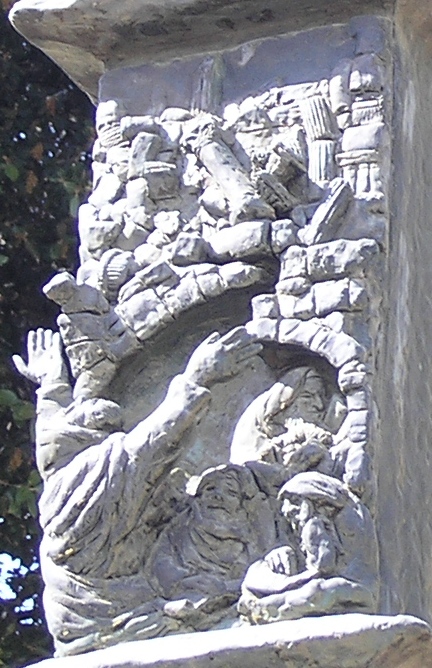
- The rabbi [4] to whom the reshaping of Judaism after the catastrophe of the year 70 is attached is Yohanan ben Zakkai. Nothing is known about him. Tradition has made it one of the main Pharisees at the time of the destruction of the Temple, but it is undoubtedly there retrospectively and this corresponds little to the historical truth; he is more likely to have embodied the « doctor of the Law » component (hence rather « soferim » than Pharisee) in rabbinic Judaism.
- It is almost certain, however, that he was responsible for some legal innovations that would allow the continuation of religious life after the disappearance of the Temple and are known under the name of « taqqanot Yabne » (emergency motions emanating from a rabbinical authority and not relying on biblical data). The Mishna, for example, transmits to us such a collection of taqqanot of Yohanan ben Zakkai:
- When one of the holidays of the new year (which had two) fell on a Sabbath, it was customary to ring [shofar] at the shrine but not in the country. Since the destruction of the Temple, Rabban Yohanan ben Zakkai has prescribed that one must sound [schofar] wherever a court of law is.
- Eleazar said, « Rabban Yohanan ben Zakkai has decreed this only about Yabneh. He was told: « It does not matter whether it is Yabne or any other place where there is a court of law. «
- Originally, we used to accept the testimony of the appearance of the new moon throughout the day. One day the witnesses were slow to come, and the Levites did not know what to sing. So it was ordered to accept the witnesses only until Minha. But if the witnesses did not arrive until after, it was considered this day and the following as sacred. Since the destruction of the Temple, Rabban Yohanan ben Zakkai has prescribed that one should accept the testimony of the appearance of the new moon all day
The rebirth of Judaism is thus ensured by Yohanan ben Zakkai who settles in Yavne after having fled Jerusalem:
- The small [5] town of Yabne / Jamnia, in the maritime plain (direct possession of the emperor) is closely related to the person of Yohanan ben Zakkai who made it the place of the resurrection of Judaism in the form of Rabbinic Judaism. Rabbinic literature recounts, in a famous account, how Yohanan ben Zakkai and his followers came to Yabneh (he fled from Jerusalem in a coffin to flee the insurgents and obtained the favor of Vespasian who held the siege by predicting its imperial future, which has some similarities with the story of Flavius Josephus at the siege of Iotapata). […]
It is Yohanan ben Zakkai who is mentioned by David in the following verses of the psalm:

- Create for me a pure heart, O God, and renew a steadfast spirit within me.
- Do not cast me away from before You, and do not take Your holy spirit from me.
- Restore to me the joy of Your salvation, and let a noble spirit support me.
- I will teach transgressors Your ways, and sinners will return to You.
- Save me from blood, O God, the God of my salvation; let my tongue sing praises of Your charity.
- O Lord, You shall open my lips, and my mouth will recite Your praise.
- For You do not wish a sacrifice, or I should give it; You do not desire a burnt offering.
- The sacrifices of God are a broken spirit; O God, You will not despise a broken and crushed heart.
David can thus regain confidence in the final resurrection of his people at the end of time.
This is what he expresses in the end of the psalm:

- With Your will, do good to Zion; build the walls of Jerusalem.
- Then You will desire sacrifices of righteousness, a burnt offering and a whole offering; then they will offer up bulls on Your altar.
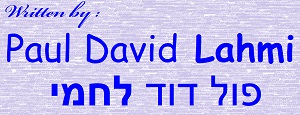
[1] Josephus Flavius: « Jewish Wars » / Book Six / Chapter 26. (French: « Guerre des Juifs »/Livre sixième/Chapitre 26).
[2] Vayikra – Leviticus – Chapter 14, verses 1 to 7.
[3] Peter Schäfer: « History of the Jews in antiquity » (French translation by Pascale Schulte) / Chapter: the inter-war period from 74 to 132. (French: « Histoire des Juifs dans l’antiquité », Chapitre : l’entre deux-guerres de 74 à 132 (p 160/161) ).
[4] Peter Schäfer: « History of the Jews in antiquity » (French translation by Pascale Schulte) / Chapter: the inter-war period from 74 to 132. (French: « Histoire des Juifs dans l’antiquité », Chapitre : l’entre deux-guerres de 74 à 132 (p 162/163) ).
[5] Peter Schäfer: « History of the Jews in antiquity » (French translation by Pascale Schulte) / Chapter: the inter-war period from 74 to 132. (French: « Histoire des Juifs dans l’antiquité », Chapitre : l’entre deux-guerres de 74 à 132 (p 164 à 166) ).
